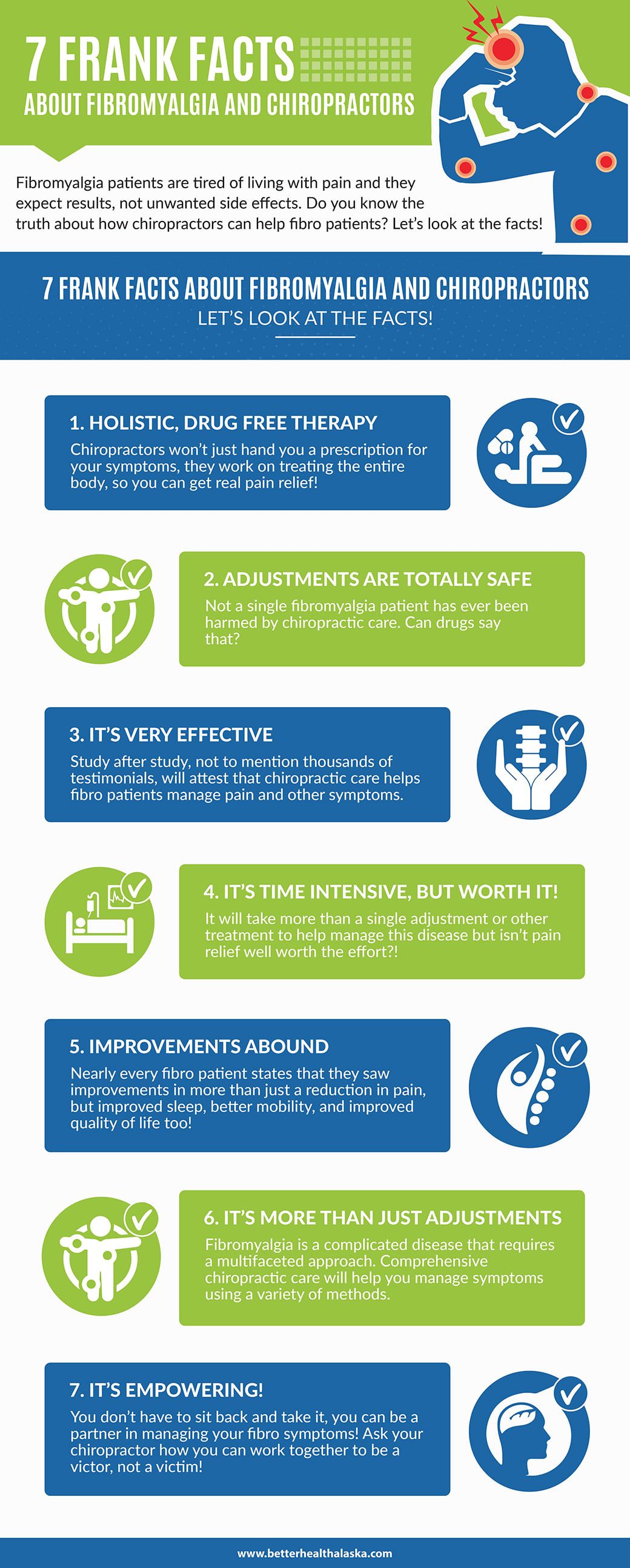Simply When You Think Relief Is Near, Soft Tissue Treatment Reveals Its Uneasy Facts-- Uncover Why The Process Can Be Agonizing Yet Helpful
Simply When You Think Relief Is Near, Soft Tissue Treatment Reveals Its Uneasy Facts-- Uncover Why The Process Can Be Agonizing Yet Helpful
Blog Article
Post Writer-Huffman Thuesen
When you go through soft Tissue therapy, you may locate it remarkably uneasy. This pain develops as pressure is put on stressful muscles and damaged cells, triggering your pain receptors. While it can really feel stressful in the minute, there's a reason behind this experience. Comprehending what takes place in your body throughout these therapies can assist you appreciate the procedure. So, exactly what is going on under the surface area?
The Physiology of Discomfort During Soft Tissue Treatment
When you go through soft Tissue treatment, your body's reaction to discomfort is a complex interplay of physiological procedures. As the therapist applies stress, your body turns on pain receptors, sending out signals to your brain. This triggers the release of neurotransmitters, such as material P and glutamate, which magnify the feeling of pain.
Your muscular tissues may additionally tighten in reaction, further complicating the experience. Additionally, your body may release endorphins, all-natural painkillers that can assist relieve some discomfort.
The interaction in between these processes can create an unique experience for each person. Understanding this physiological reaction assists you navigate the sensations throughout treatment, permitting you to value the balance in between pain and the capacity for healing benefits.
The Function of Pain in the Healing Refine
Although discomfort during soft Tissue treatment can really feel overwhelming, it plays a crucial function in the recovery procedure. When you experience pain, your body is indicating that it's working to repair damaged cells. This reaction assists raise blood circulation to the damaged area, delivering crucial nutrients and oxygen needed for recovery.
Furthermore, pain can advertise the launch of endorphins, your body's natural painkillers, developing a feeling of relief post-treatment. Accepting this pain can aid you understand your body's limits and motivate you to deal with underlying issues.
While it's uncomfortable now, this procedure is essential for long-term recuperation and enhanced feature. Recognizing pain as an important part of recovery can encourage you to stay committed to your therapy.
Tips for Managing Pain During and After Treatment
Handling pain during and after soft Tissue therapy can substantially enhance your total experience and healing.
To start, interact honestly with your specialist about your discomfort degrees; they can adjust techniques as necessary. Utilizing deep breathing strategies can additionally assist you unwind and ease discomfort.
Consider applying ice to the treated location post-session to decrease swelling and numb soreness. Remaining hydrated help in the healing process, so consume lots of water.
Mild extending and light activity after therapy can promote blood flow and ease stiffness. Last but not least, guarantee you get ample rest to permit your body to recover.
Applying these tips can make your soft Tissue therapy much more convenient and pleasurable.
https://www.google.com/maps/place/Return+to+Play+Institute,+LLC+(Miami)/@25.726017,-80.26406,17z/data=!3m1!4b1!4m6!3m5!1s0x88d9b7b4207e8303:0xb1493a6e0d5a272b!8m2!3d25.726017!4d-80.26406!16s%2Fg%2F11lf8185yp?hl=en&entry=ttu&g_ep=EgoyMDI0MTAwOS4wIKXMDSoASAFQAw%3D%3D
In conclusion, while soft Tissue treatment can be unpleasant, it's vital to acknowledge that this discomfort plays a crucial role in your recovery trip. By recognizing Highly recommended Internet site at play, you can approach the therapy with an extra favorable state of mind. Keep in mind, the initial discomfort commonly paves the way to relief as your body releases endorphins. Welcome the procedure, and don't be reluctant to use the pointers for taking care of pain to boost your experience and recuperation.
